Bangladesh boasts a rich and diverse cultural heritage deeply intertwined with its history and
religious traditions. Influenced by Hinduism, Buddhism, and Islam, the country's culture is
evident in its architecture, dance, literature, music, painting, and clothing.
Literature holds a prominent place in Bangladeshi culture, with a legacy dating back over a
thousand years. Bengali literature flourished during the medieval period, featuring renowned
poets like Chandi Das, Daulat Kazi, and Alaol.
Music in Bangladesh encompasses classical, modern, and folk genres. Classical music, both
vocal and instrumental, enjoys widespread appreciation, with maestros like Ustad Ayet Ali Khan
and Ustad Allaudin earning international acclaim. Modern music, including contemporary and pop
songs, is gaining popularity, particularly in urban areas like Dhaka City.
Tribal dances and folk music are integral to Bangladeshi culture, with rural communities
often engaging in spontaneous dancing to traditional tunes. Popular folk songs like Shari and
Jari are accompanied by lively dances performed by both men and women.
Theater and drama have a long-standing tradition in Bangladesh, with numerous theater groups
in Dhaka regularly staging locally written plays alongside adaptations of works by European
playwrights. Baily Road, known as "Natak Para," is a hub for theatrical performances, while
Dhaka University also hosts various shows.
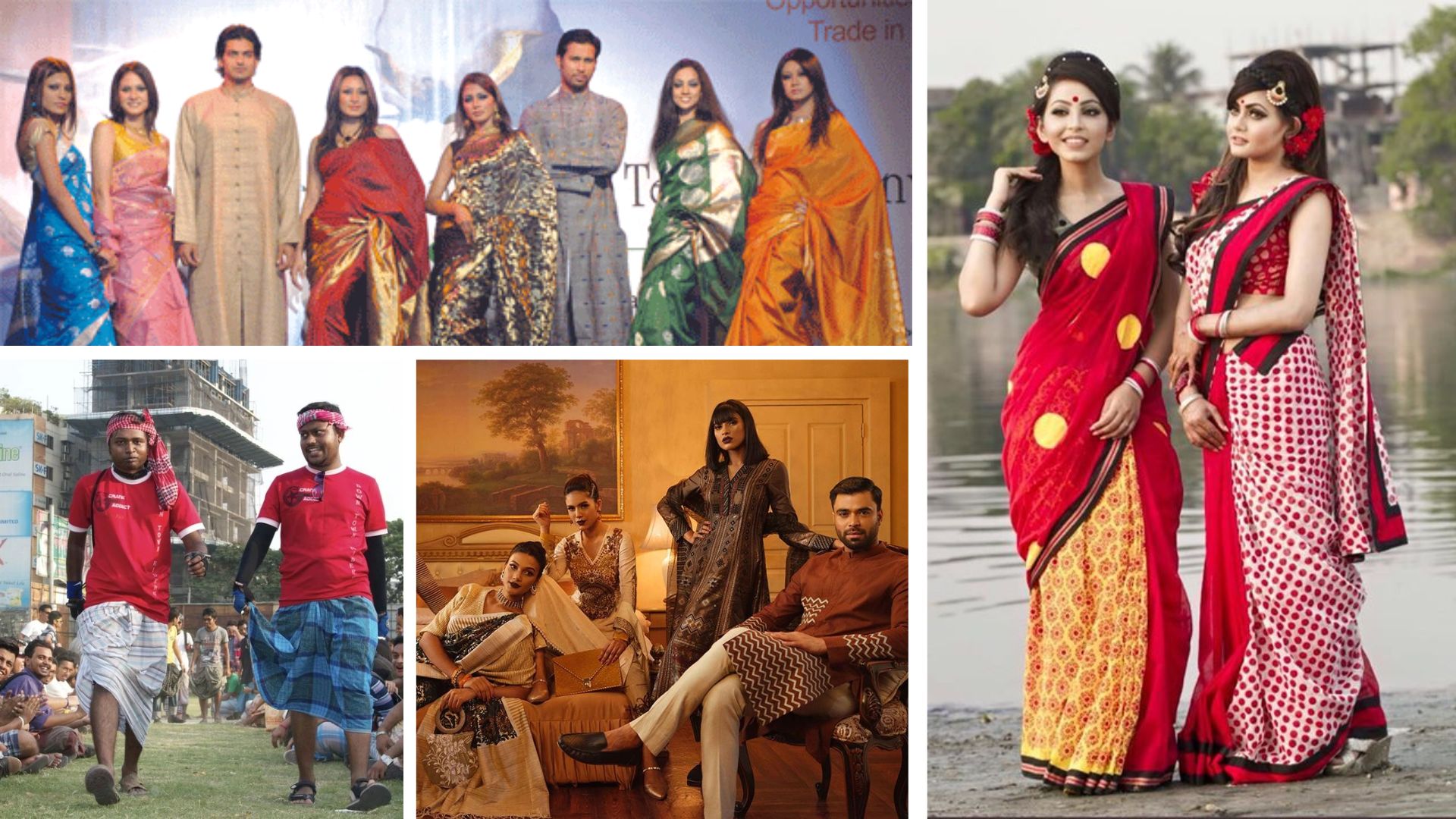
Bangladesh Clothing
Clothing in Bangladesh reflects the country's diverse cultural
heritage, social norms, and practical considerations for its hot and humid climate. Both
traditional and modern attire are prevalent, with variations based on gender, age,
socio-economic status, and urban-rural divide.
In urban areas, men typically opt for western-style clothing, such as shirts and trousers,
reflecting global fashion trends. However, traditional garments like lungi, a skirt-like garment
knotted at the waist, are still worn, especially in rural villages. Additionally, religious
attire like pyjamas and Panjabis, commonly worn during prayers, are part of the cultural fabric,
symbolizing adherence to Islamic traditions.
Women in Bangladesh predominantly wear saris, a traditional attire consisting of a long piece of
cloth draped elegantly around the body. Saris come in various lengths, widths, and designs, with
bright colours and intricate embroidery being common features. Married women often wear saris
with achol, the end of the sari used to cover the head, particularly in more conservative or
Islamist communities. Younger women and girls may opt for salwar kameez, a tunic or dress paired
with pants, reflecting contemporary fashion trends.
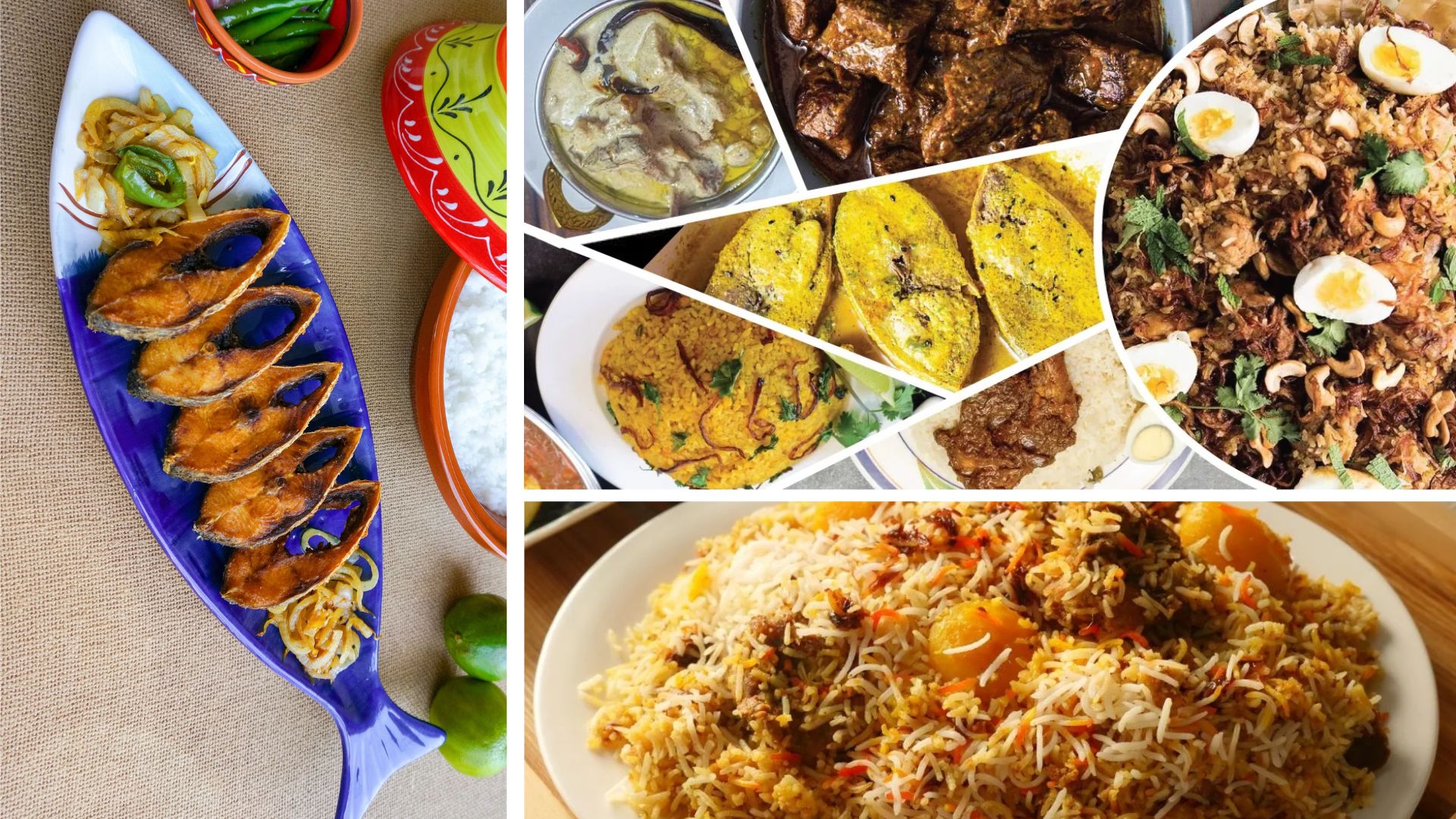
Bangladesh Food
Panta
Ilish
:Panta Ilish is a traditional food that almost every Bangladeshi eats at the Pohela
Boishakh Festival (the first day of Bangla year). It’s the most popular food in Bangladesh. We
love this dish as it is a great symbol and celebration of our culture and tradition.
Kacchi
Biryani
:
Kacchi Biryani is one of Bangladeshi people’s most loved foods. It is so loved, it is served at
most festivals and special occasions, such as weddings, picnics, etc. I love this dish. The most
popular biryani in Bangladesh is Dhaka Kacchi Biryani. You will always find the Dhaka Street
biryani stall crowded because of the huge demand for this food. The main ingredients are rice
and marinated meat cooked in lots of spices, giving it its special taste. The spices are nutmeg,
mace, pepper, cloves, cardamom, cinnamon, bay leaves, coriander, mint, ginger, onion, tomatoes,
green chilies, and garlic.
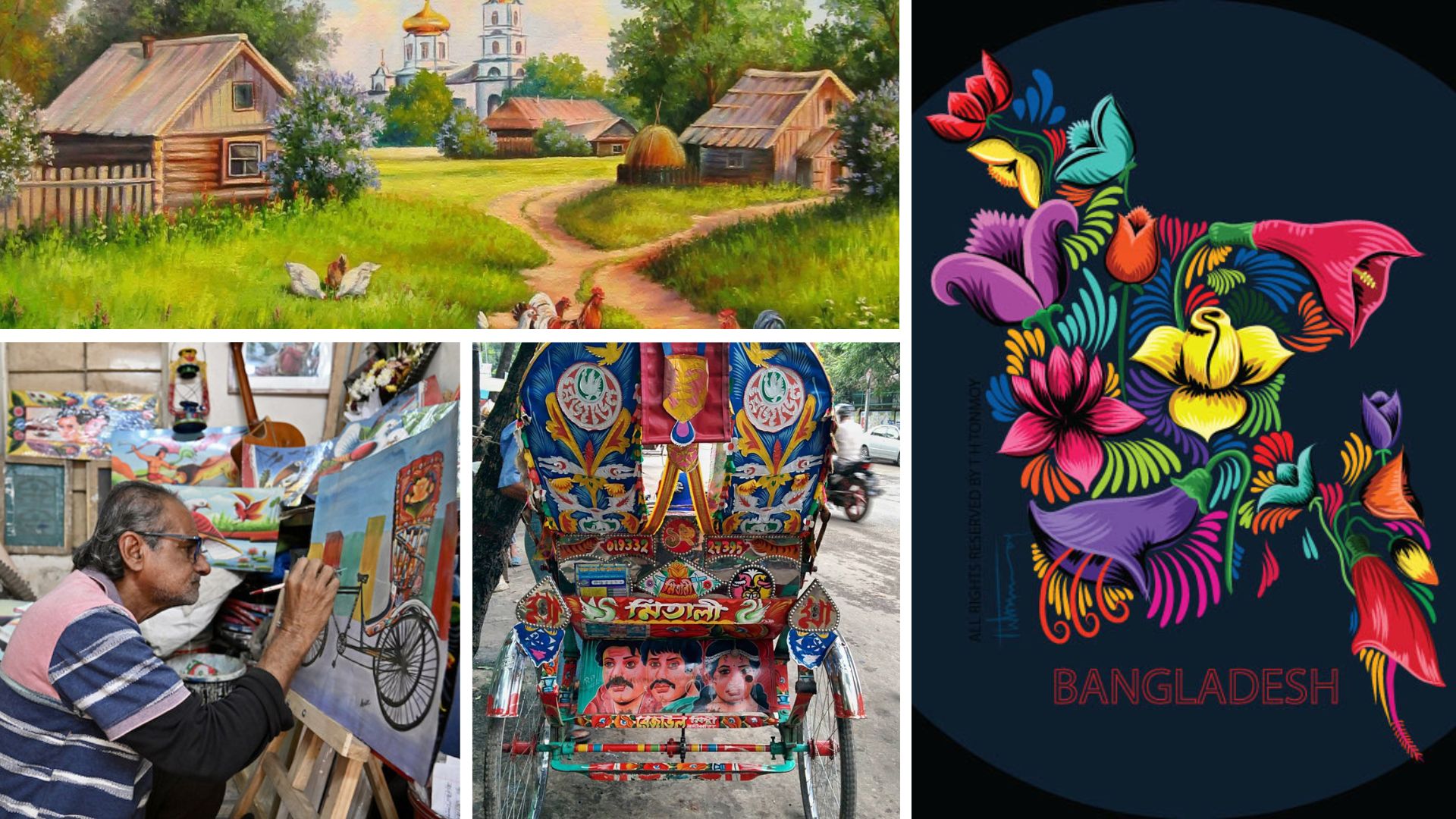
Bangladesh Art
Bangladesh boasts a rich and vibrant artistic tradition that spans over two millennia, encompassing various forms such as photography, architecture, sculpture, painting, and folk art. The history of Bangladeshi art can be traced back to at least 450 BC, as evidenced by recent excavations at the archaeological site of Wari-Bateshwar. However, the Mauryan age marks the earliest significant development of Bangladeshi art, with notable sculptures reflecting the region's rich heritage. During the Pala rule from 750 to 1174 CE, Bangladesh experienced a golden age of artistic flourishing, particularly in Buddhist art. The Palas' distinctive Buddhist art style had a profound influence on the broader Asian art scene, extending to China, Japan, and Tibet. Subsequent Islamic influence during the Sultanate and Mughal periods enriched Bangladesh's architectural landscape, with mosques, shrines, and forts bearing intricate Islamic designs.
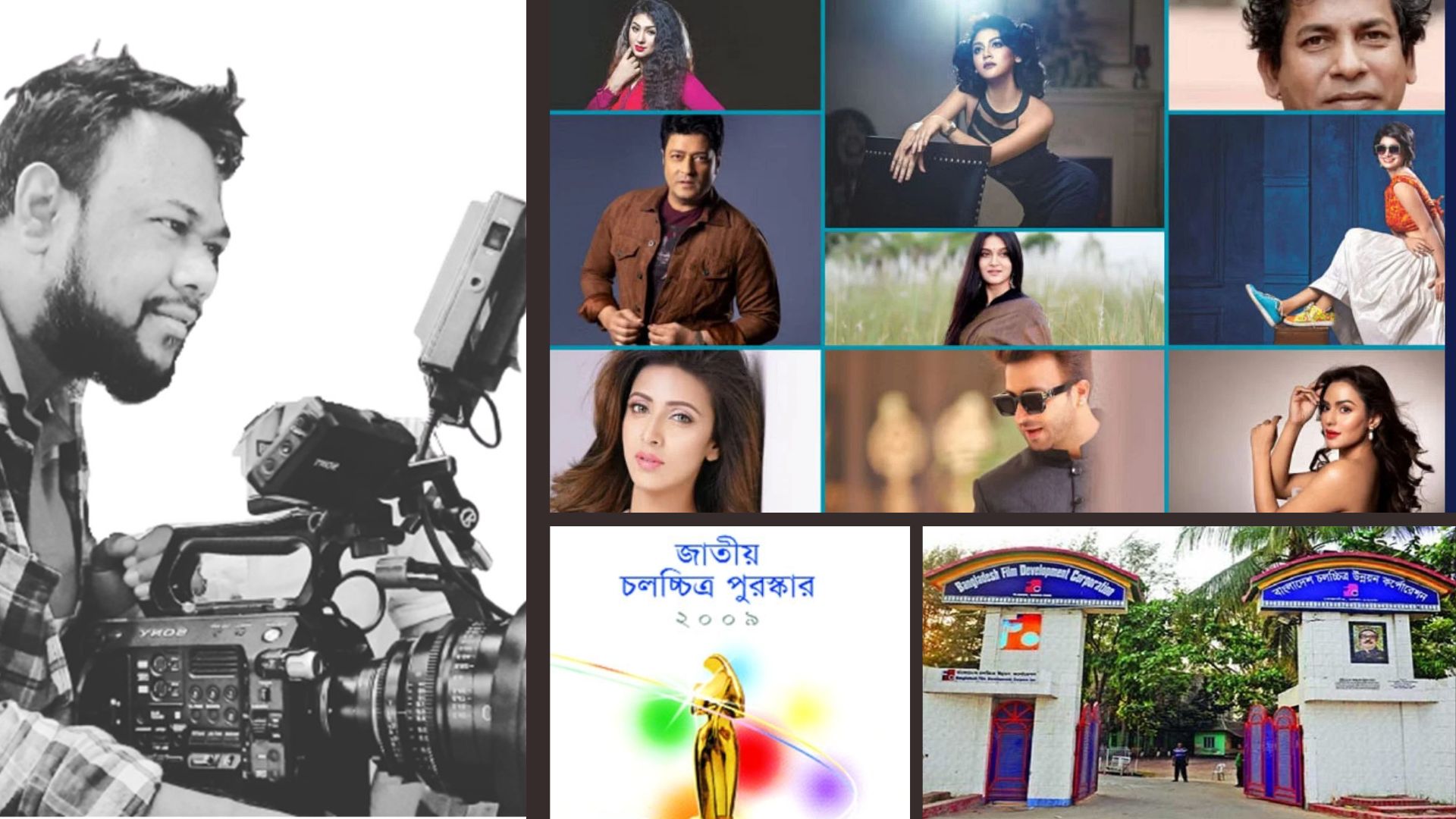
Bangladesh Film Industry
The Bangladesh film industry, commonly known as Dhallywood, has a rich history dating back to
the late 19th century. Although its origins are somewhat debated, it is widely believed that the
film industry in Bangladesh began with the establishment of the Bradford Bioscope Company in
1898. Since then, Dhallywood has become the hub of Bangladeshi cinema, with Dhaka being its
primary location for film production.
Until Bangladesh gained independence from India in 1971, most Bengali films were produced in
Calcutta and East Pakistan. However, after independence, the Bangladeshi film industry, fueled
by newfound creativity and cultural identity, began to flourish. By the 1990s, the industry was
producing nearly ninety films annually, showcasing the vibrant storytelling and artistic talent
of the nation.
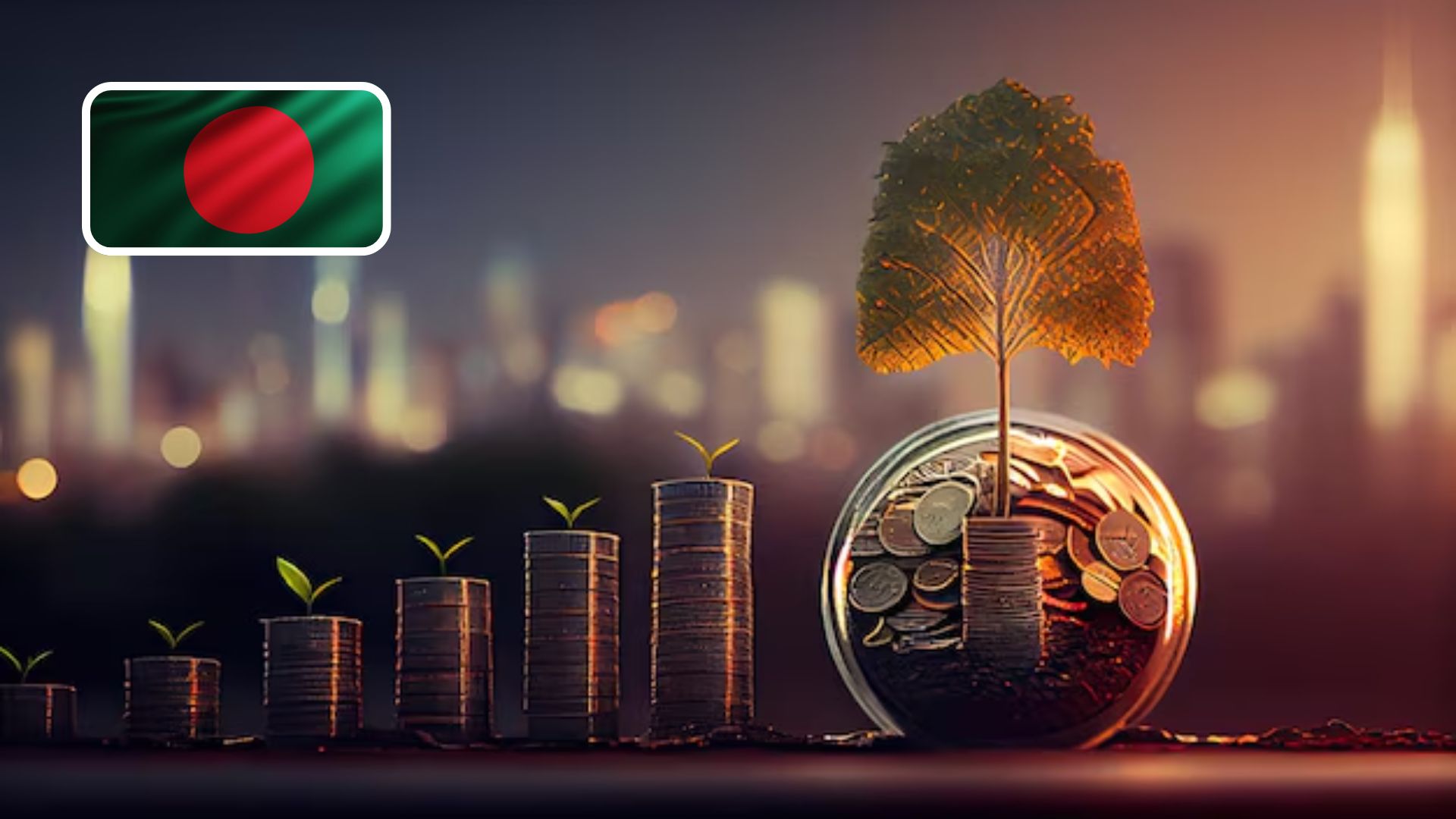
Bangladesh Economy
Bangladesh's economy has experienced significant growth and development since gaining
independence, with the World Bank playing a crucial role as a longstanding partner in this
journey. Over the years, the World Bank, particularly through its concessional lending arm, the
International Development Association (IDA), has provided substantial financial support to
Bangladesh, totalling over $39.5 billion in grants, interest-free, and concessional financing
credits.
Currently, Bangladesh boasts the largest IDA program globally, with a total commitment of
$16.4 billion for 57 ongoing projects. This substantial financial backing underscores the World
Bank's status as the largest external funder of Bangladesh, contributing over a quarter of all
foreign aid to the country.